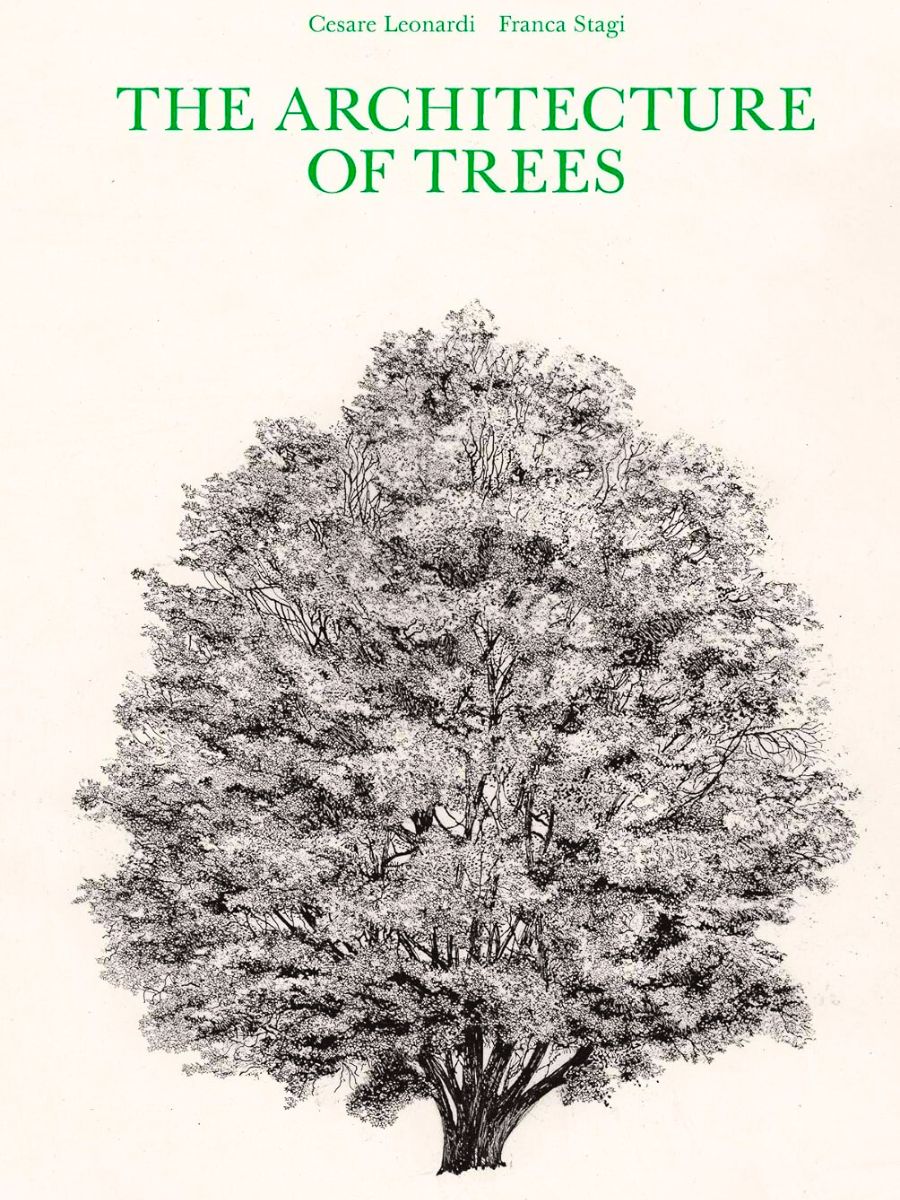Nature-inspired architecture has emerged as a beacon of sustainable and innovative design, drawing from the beauty, complexity, and wisdom of the natural world. These ten books provide valuable insights into how architects, designers, and urban planners are merging environmental direction with architectural creativity.
10 of the Best Nature-Inspired Architecture Books to Know About
These books are invaluable resources for understanding the transformative power of nature in architecture. They inspire designers to think beyond conventional practices and clasp innovative approaches that prioritize sustainability, beauty, and environmental harmony.
1. Biophilic Design: The Theory, Science, and Practice of Bringing Buildings to Life by Stephen R. Kellert
Stephen R. Kellert’s book explores biophilia, the innate human connection to nature, and its implications for architecture. It explores scientific evidence showing how natural elements in design can enhance physical and mental well-being. The book provides practical examples of biophilic design, from green roofs to interior spaces that mimic organic forms, offering architects actionable strategies to integrate nature into their projects.

2. Green Architecture - Advanced Technologies and Materials by James Wines
James Wines presents a detailed examination of innovative technologies and materials shaping green architecture today. This book covers a range of topics, including energy-efficient building systems, sustainable construction practices, and the potential of renewable materials. Featuring real-world case studies, it highlights how eco-conscious architecture can blend aesthetics with functionality while reducing its ecological footprint.

3. The Nature of Order - The Phenomenon of Life by Christopher Alexander
Christopher Alexander’s profound exploration of patterns in nature and their role in architecture is both philosophical and practical. The book argues that true design is about creating spaces that feel alive, using principles inspired by the organic order found in nature. Alexander’s theories challenge conventional architectural practices and encourage designers to create environments that resonate with human emotions and natural harmony.

4. The Art of Landscape Architecture by Garrett Eckbo
Garrett Eckbo’s work bridges the disciplines of architecture and landscape design, emphasizing the importance of integrating natural and built environments. Through examples of timeless projects, Eckbo demonstrates how thoughtful landscape architecture can enhance urban and rural spaces. The book is rich in visual illustrations and theoretical insights, making it essential for anyone interested in creating sustainable and beautiful outdoor spaces.

5. Wood Urbanism - From the Molecular to the Territorial edited by Daniel Ibañez, Jane Hutton, and Kiel Moe
This book offers a deep dive into wood as a sustainable material, tracing its journey from molecular properties to its use in large-scale urban projects. The editors present compelling arguments for wood’s environmental benefits and its versatility in architecture. Case studies and essays illustrate how this renewable resource can redefine construction, from minimalist pavilions to complex urban developments.

6. Design With Nature by Ian McHarg
A seminal text in environmental design, Ian McHarg’s book presents ecological planning as a method for creating harmonious relationships between human development and natural systems. McHarg emphasizes the importance of understanding the environment before designing and provides techniques for analyzing landscapes to make informed design choices. The book remains a cornerstone for those advocating sustainable urban planning.

7. Wild - The Naturalistic Garden by Noel Kingsbury
In this visually stunning book, Noel Kingsbury explores the concept of naturalistic gardening, where plants are arranged to mimic their wild habitats. The book offers practical advice for designing gardens that celebrate biodiversity and sustainability. Kingsbury highlights the aesthetic and ecological benefits of creating spaces that align with nature’s rhythms, making it a must-read for landscape architects and garden enthusiasts.

8. The Architecture of Trees by Cesare Leonardi and Franca Stagi
A comprehensive study of trees and their structural forms, this book provides architects and designers with detailed illustrations of over 200 tree species. Beyond its artistic appeal, the book serves as a technical resource for understanding how trees can be integrated into architectural projects, enhancing both the visual and environmental aspects of design.

9. Towards a New Architecture by Le Corbusier
Although not solely focused on nature, Le Corbusier’s influential text discusses how natural forms and proportions can inform modernist architecture. The book introduces ideas about the functional beauty of nature and its relevance in creating innovative and enduring architectural designs. Le Corbusier’s emphasis on harmony between form, function, and the environment makes this work incredible.

10. Green Architecture Now! by Philip Jodidio
This book provides a comprehensive look into the world of sustainable architecture. Throughout the entire book, the author emphasizes innovative designs that bridge the gap between built environments and the natural world. The book features a variety of projects that highlight environmentally friendly practices, showing how architects are responding to the pressing challenges of climate change and ecological conservation.

Why Nature-Inspired Architecture Matters
Nature-inspired architecture holds profound significance in shaping sustainable and harmonious environments. At its core, it prioritizes sustainability by minimizing environmental impact through the use of renewable resources, eco-friendly materials, and energy-efficient designs. By drawing inspiration from natural systems, architects can reduce waste and create structures that integrate seamlessly with their surroundings. Beyond environmental benefits, such designs foster a deep human connection to the natural world.
Incorporating elements like greenery, natural light, and organic forms into built environments has been shown to enhance mental well-being, promote relaxation, and strengthen a sense of community. Furthermore, nature-inspired architecture emphasizes resilience by mimicking the adaptability and efficiency of ecosystems. Structures designed with nature in mind are better equipped to endure environmental changes and challenges, creating spaces that are not only beautiful but also functional. This approach to architecture is a crucial step toward a future where the built environment exists in harmony with the natural one.










